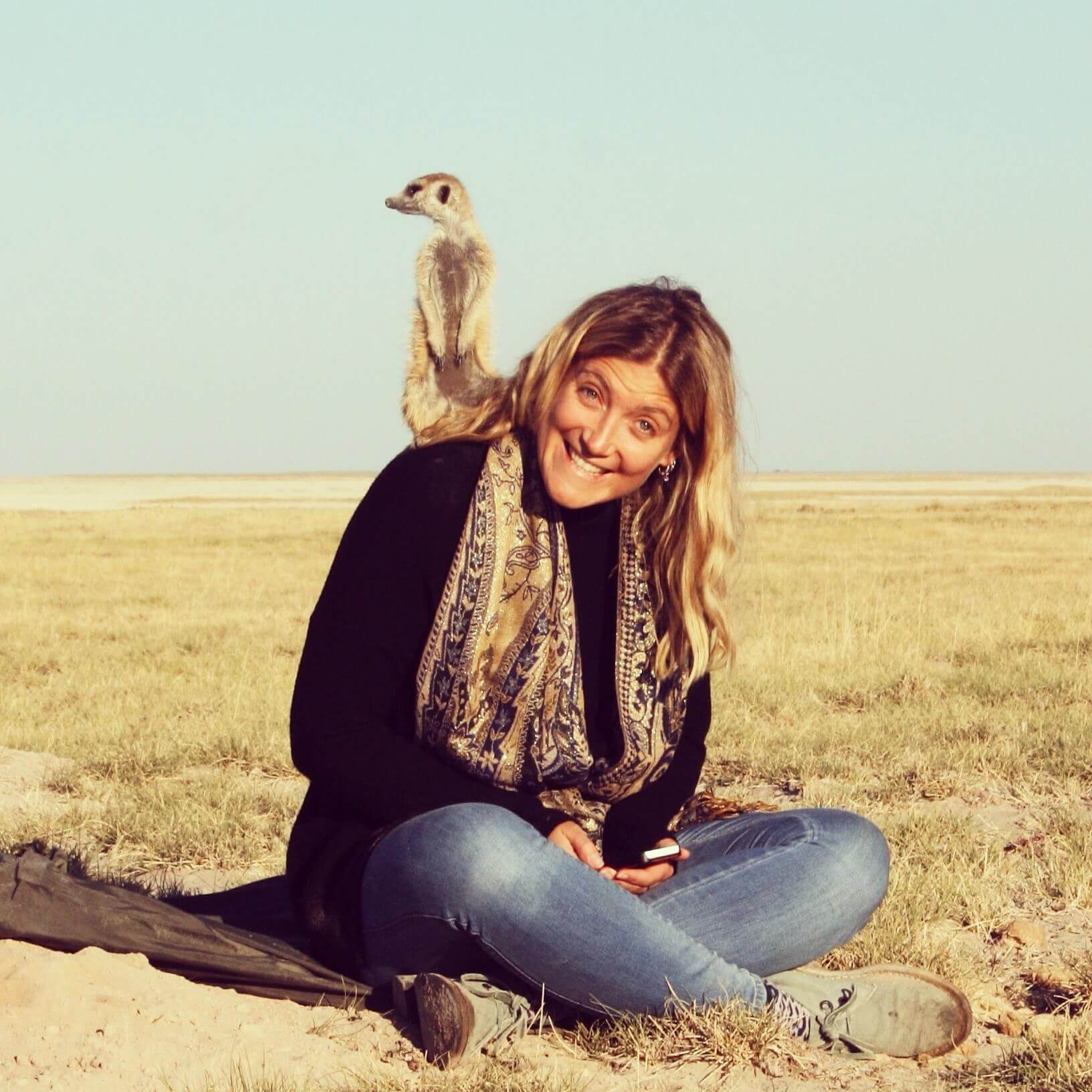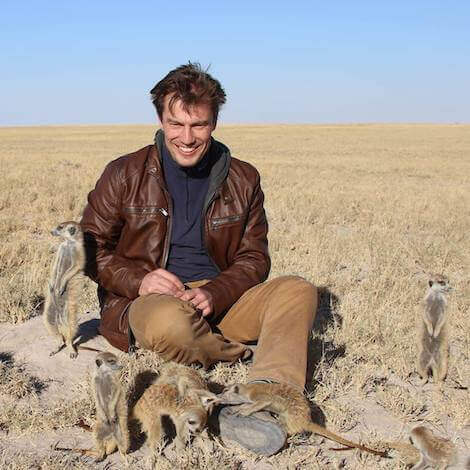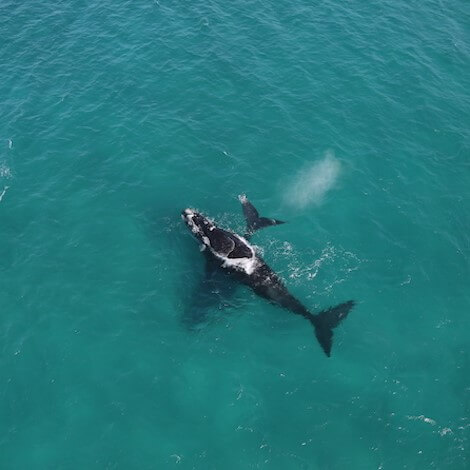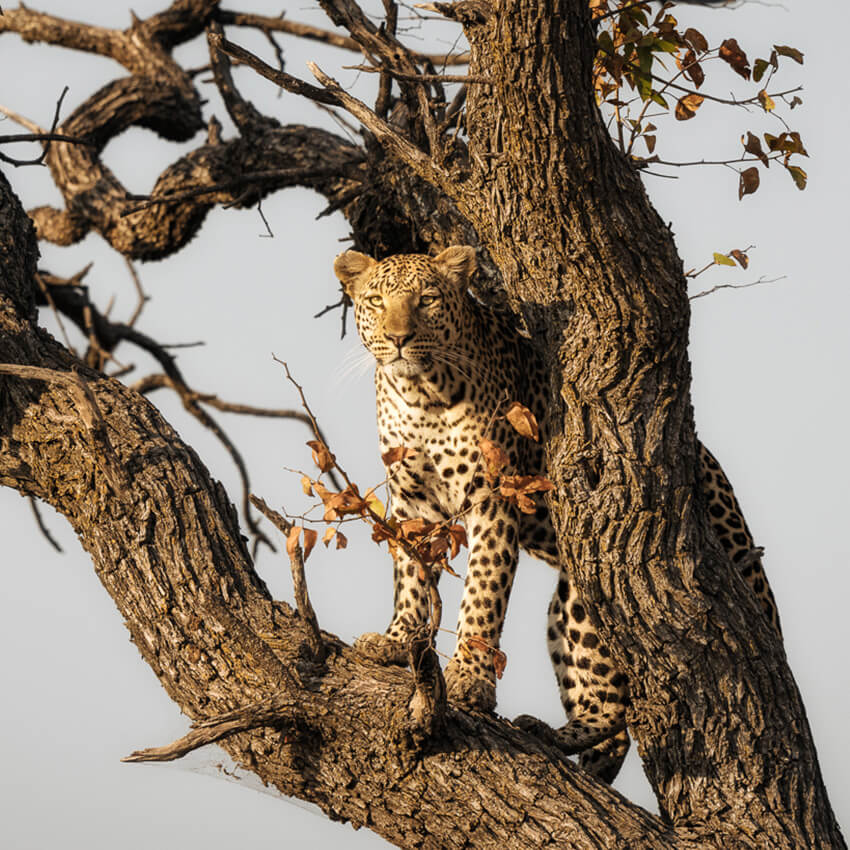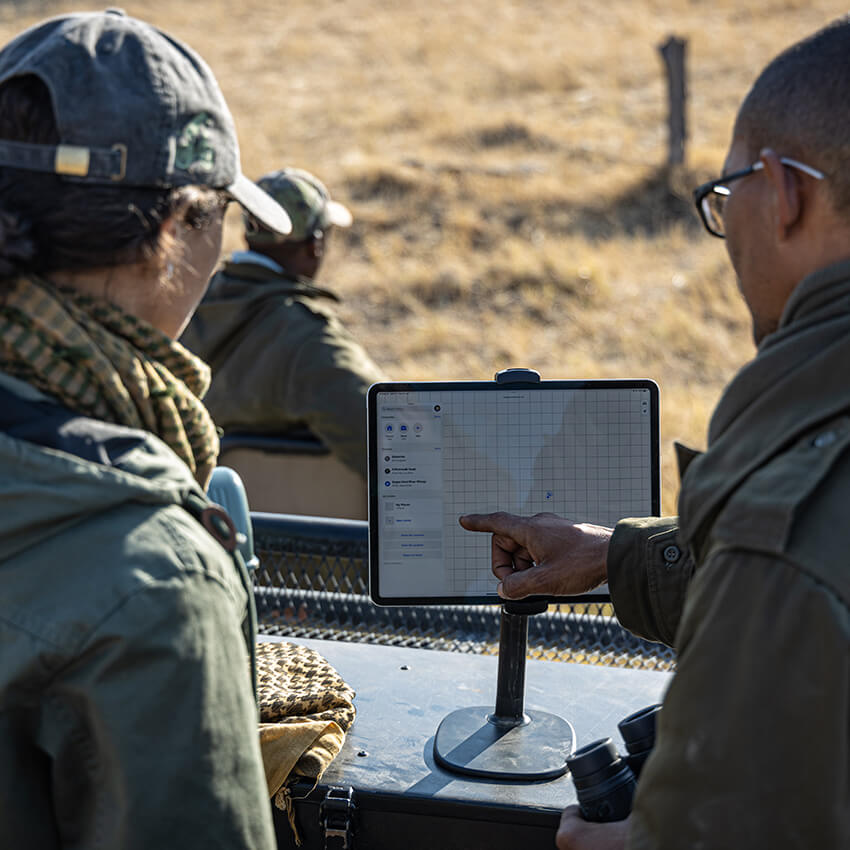A Guide’s Guide To Mapula
 Pru Allison
Pru Allison
 July 10, 2018
July 10, 2018
We caught up with guide Kyle MacIntyre to find out more about what guests can expect from a stay at Mapula.
You were a guide at Sable Alley previously, how long will you be working at Mapula for?
“Until at least the end of this year, I would imagine.”
What were your first impressions of the camp and the area around it?
“The view on arrival, stepping out of the game viewer under a big shady Jackalberry tree and seeing the flood water pool in front of camp expanding into full view is special. Getting to camp by crossing a wooden bridge and being able to drive over islands and the dried up river valleys makes it an open area.”
How does the area differ from those you’ve previously lived and guided in?
“The area is further north and away from other camps and populated areas, making it isolated, especially with peak floods. We have to boat most supplies into camp from the northern main land.”
What makes it an exciting area to guide in?
“It is exciting as it’s well known for having large buffalo herds which attract lions. There’s a coalition of four lions, and it’s been amazing to watch them following the herd’s scent on a full moon.”
What do most guests arrive wanting to see?
“Most guests arrive wanting to see cheetah, wild dogs and leopard. Recently I was lucky enough to see my first two pangolins in a week, which might become a big new hope for guests on future arrivals.”
What do most guests leave having seen that they might not have expected to?
“The buffalo herds are often a surprise thanks to their large numbers. I’ve seen 200 recently passing on their circular routes two kilometres from Mapula. Civets, servals, genets and reed buck are being seen here coming back to camp after dusk.”
What’s been your favourite sighting at Mapula so far?
“Well, my first ever pangolin at the airstrip jetty during the day certainly did it for me! However, spotting a cheetah with four, three week old white fluff ball cubs was unexpected too.”
How would you describe the area to someone who hasn’t visited?
“It’s an area that has a flood lasting most of the year, which allows us to boat, mokoro, and ride in a hot air balloon or helicopter to see where the floods have occupied the wide, low lying reed and white sand land below. The waters meander amongst large mixed woodland islands with reedy and muddy soils around leadwood, clay with mopane and deep white sands around Kalahari apple leaf trees.”
Special Offers
Our special offers are designed to help you experience everything southern Africa has to offer whilst also saving some all-important pennies. Whether you’re about to embark on a once-in-a-lifetime solo trip, or are celebrating a special occasion, have a peek at our offers and see what could be in store for you.
















